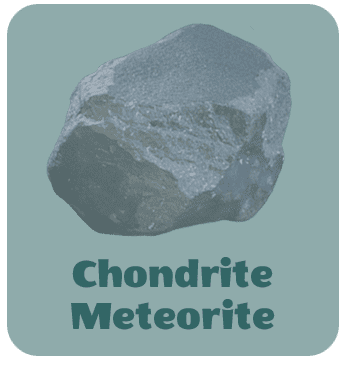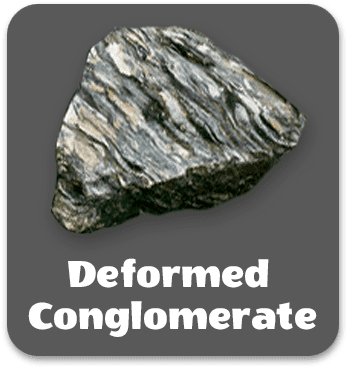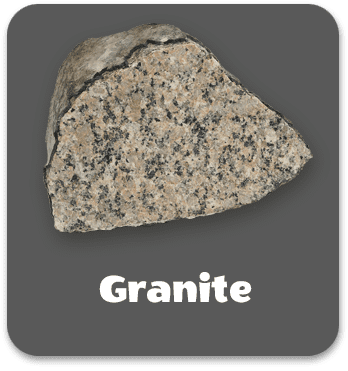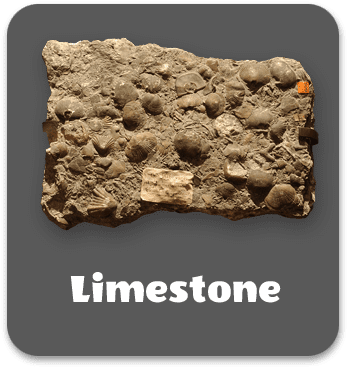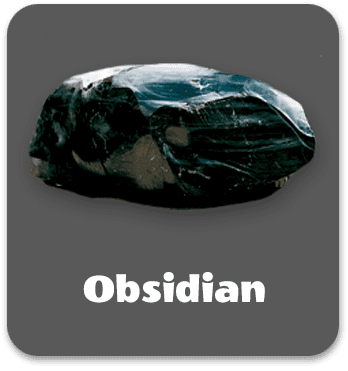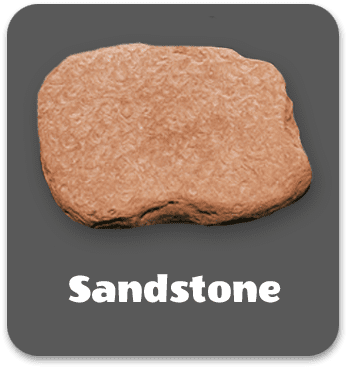If Rocks Could Talk
Chondrite Meteorite

Rondi: I'm thrilled to introduce Chondrite Meteorite This rock is not only the oldest rock, but it has also traveled farther than any other in the Museum. It came from outer space! Like rocks on Earth, space rocks can be igneous, sedimentary, or metamorphic. Chondrite Meteorite is part sedimentary and part igneous . As the oldest rock in the Museum, it formed about 4.5 billion years ago. That's as old as Earth itself!
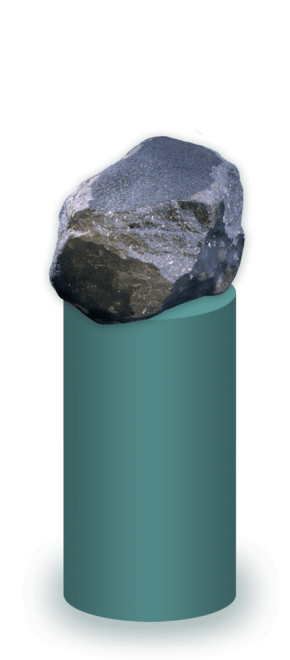
Chondrite Meteorite: Oh, my goodness! Am I really that old? I don't feel a day over three billion.
Rondi: Well, you do look great, especially considering everything you've been through.
Chondrite Meteorite: You are such a dear! But I guess it's true. When you've been around as long as I have, you've seen it all.
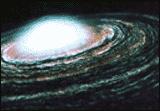
Rondi: It's amazing to think that you were there when it all began ... when the solar system formed ... when the Sun and Earth took shape.
Chondrite Meteorite: Yes, but those were simpler times. In those days, we were all just tiny dust particles. We were swirling in a vast disk around what was eventually going to become the center of our solar system: the Sun .
Rondi: Is that when you formed into rock?
Chondrite Meteorite: That's right! The heat was so intense, it made most of the dust particles melt and clump together into spheres. These tiny spheres are called chondrules, and they are about the size of specks of dirt.
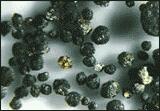
Rondi: What happened to the chondrules?
Chondrite Meteorite: Well, over time, we clumped together with more dust and other particles, forming larger asteroids . As more and more asteroids collided and clumped together, the chondrules eventually formed the planets.
Rondi: So how come you didn't end up as a planet?
Rondi: And how did you get here from the asteroid belt?
Chondrite Meteorite: Rondi, it's a miracle I'm here at all. First, I was bumped out of the asteroid belt. Then, of all the places to go in the vastness of outer space, I entered Earth's atmosphere.
Rondi: So that's when you became a "meteor." But most meteors burn up and never reach the ground.
Chondrite Meteorite: You're absolutely right. It's very unusual for a meteor like me to make it all the way to Earth's surface and survive the trip.
Rondi: Is that how you got those scars?
Chondrite Meteorite: Yes, indeed. They are signs of all I've been through.
Rondi: Let's get back to your trip. Once you made it to Earth's surface, you became a meteorite. Tell us about what happens when a meteorite hits Earth.
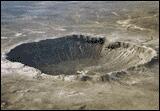
Chondrite Meteorite: Well, some meteorites can cause quite a disaster. They can form huge craters hundreds of miles wide, and cause volcanic eruptions or even climate change. Some scientists believe a massive meteorite may have led to the dinosaurs becoming extinct.
Rondi: So what happened when you reached Earth?
Chondrite Meteorite: It wasn't that dramatic—but I'll never forget it. The year was 1969. I was part of a meteorite that broke up in the atmosphere. We were just over the village of Allende in Mexico. Two tons of rock spread out over the village.
Rondi: It's amazing that you came from outer space, yet you're made of many of the same minerals that are found on Earth. How could that be?
Chondrite Meteorite: It goes back to when we all were formed. Since the asteroids helped make up the planets, you can see how they contain lots of the same minerals.
Rondi: You know, you might be from across the solar system, but you're not so different from rocks on Earth.
Chondrite Meteorite: Now don't you go telling people that! I do like being a celebrity here at the Museum.
Image Credits:
Photos: All images: courtesy of AMNH




 Biodiversity
Biodiversity
 Brain
Brain
 Genetics
Genetics
 Marine BiOLogy
Marine BiOLogy
 MicrobiOLogy
MicrobiOLogy
 PaleontOLogy
PaleontOLogy
 ZoOLogy
ZoOLogy
 AnthropOLogy
AnthropOLogy
 ArchaeOLogy
ArchaeOLogy
 Astronomy
Astronomy
 Climate Change
Climate Change
 Earth
Earth
 Physics
Physics
 Water
Water

